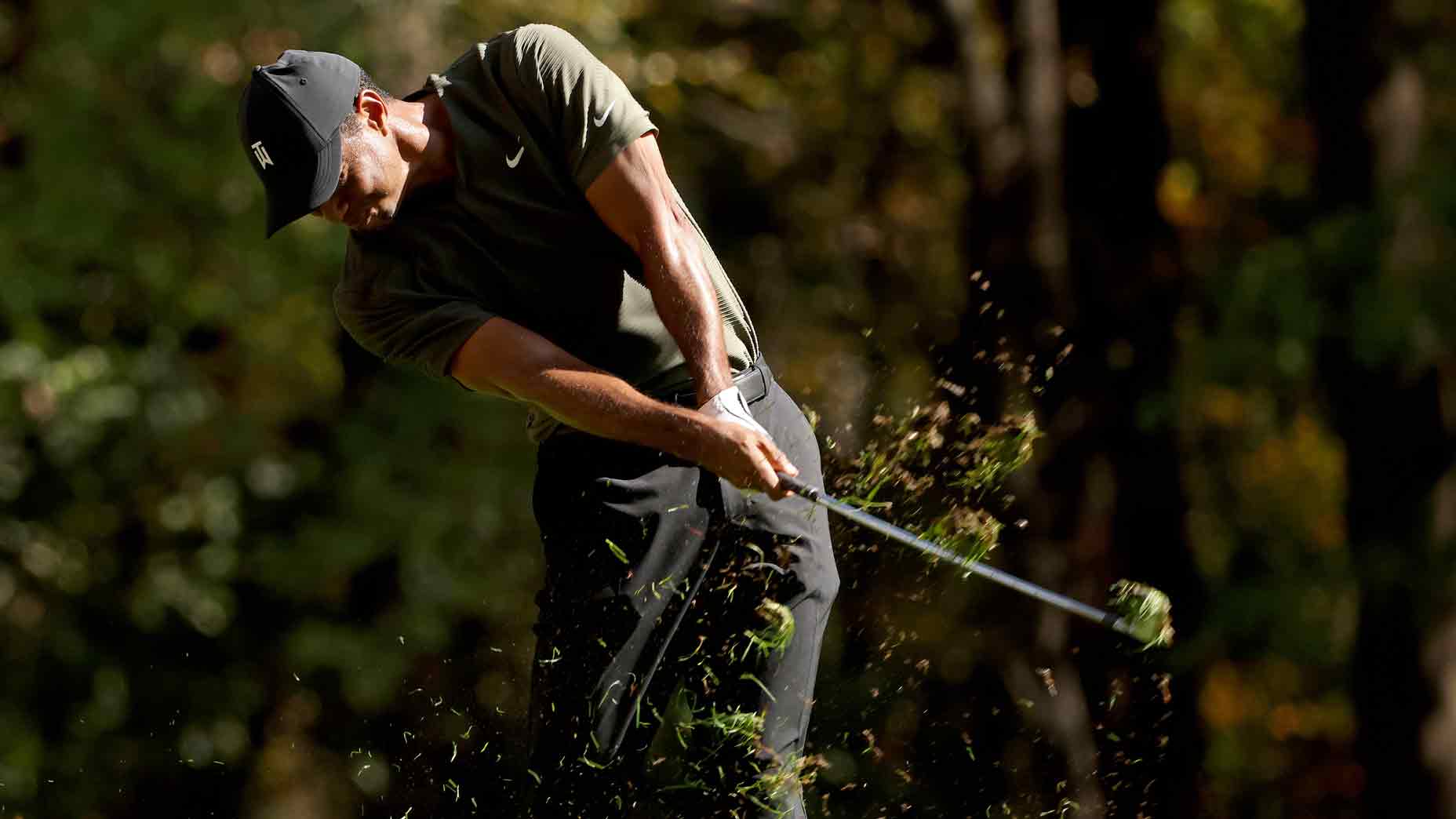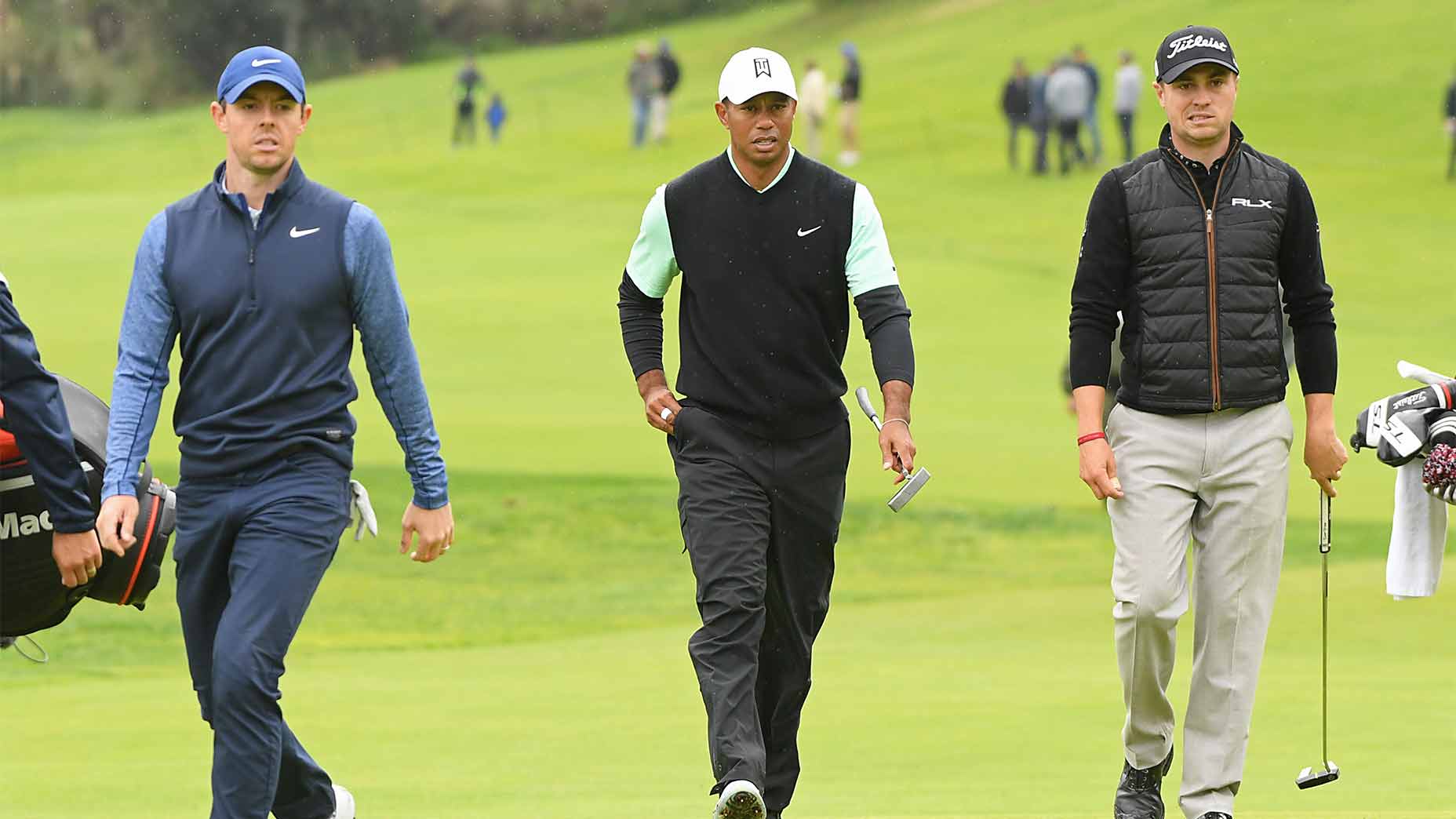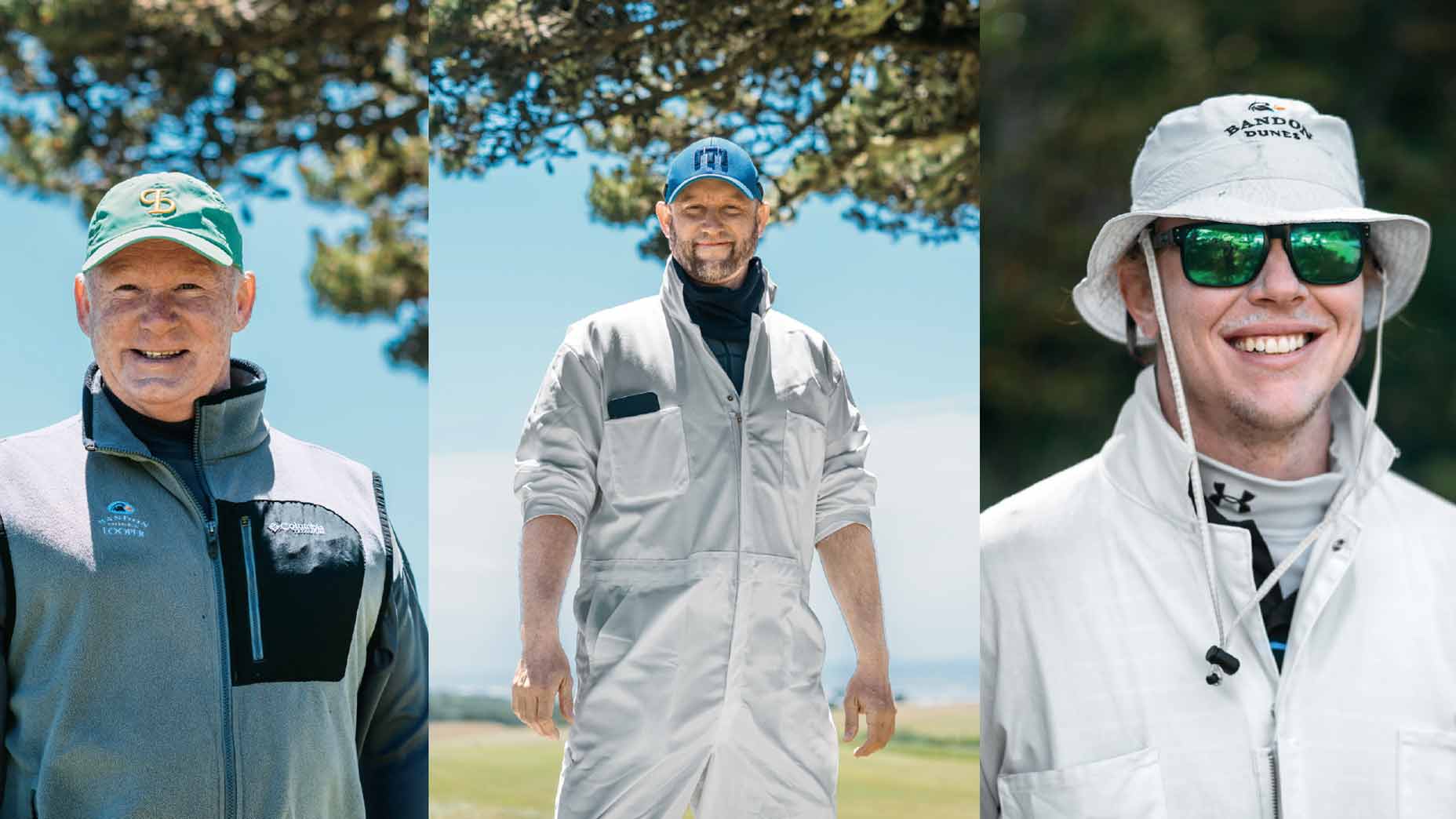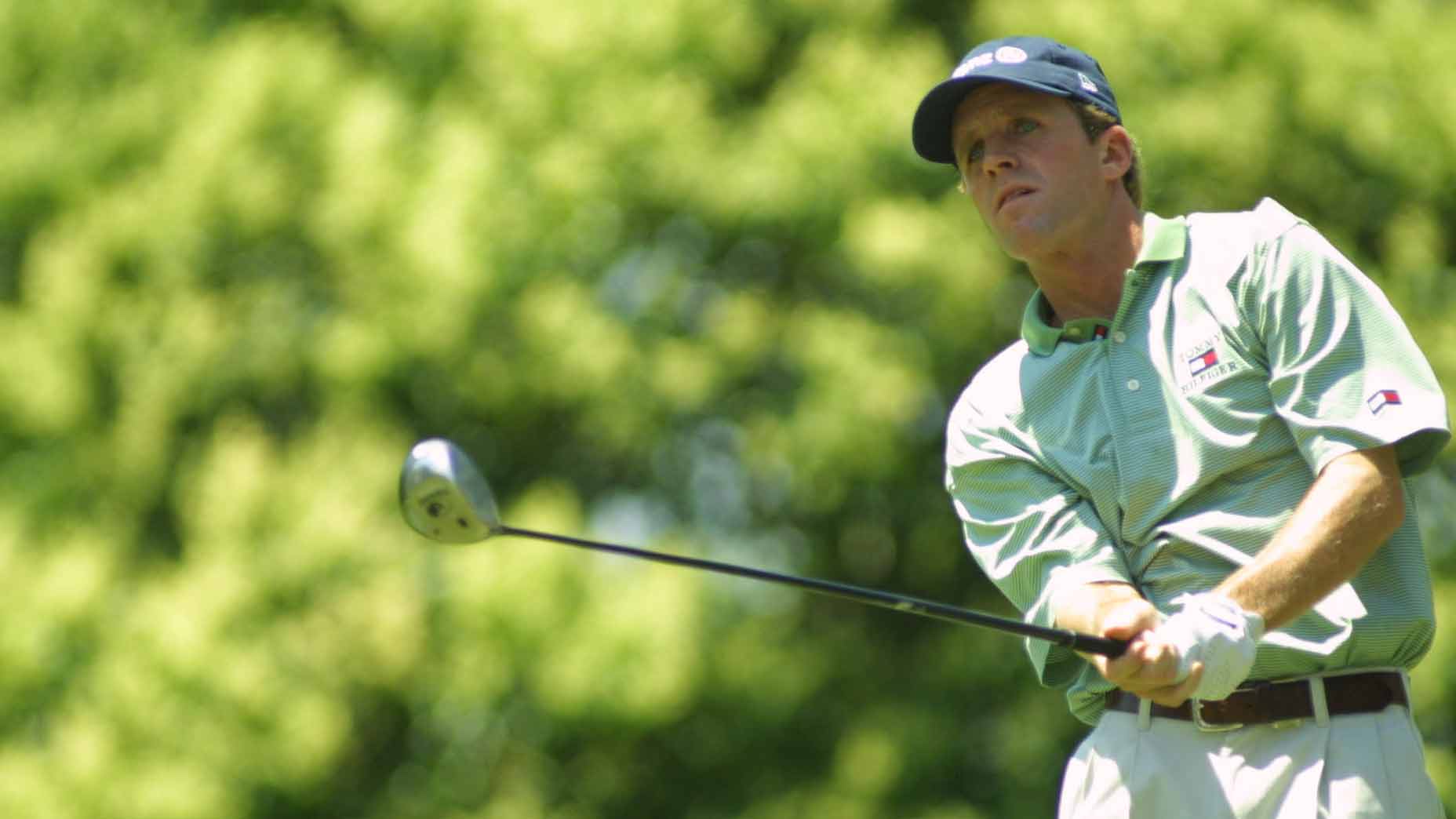Consider the golf bag. For many it is merely a utilitarian object, inexpensive and adorned with logos, designed to be stuffed with detritus. For others, it is a statement of personal style to be accessorized with great care. For Todd Rohrer, the golf bag is a holy object. “It’s the most personal relationship we have with any piece of golf gear,” he says. “You spend four hours with this bag slung over your shoulder. Your hands rest on the bag while you walk, engaging that sense of the tactile. When you’re not on the course, the bag sits in the corner of your office or maybe your bedroom and the eyes always go to it, right? It’s calling to you.”
Rohrer, 59, has always had a deep connection to his gear. He grew up in Portland and played catcher at Eastern Oregon State, back when picking out the right wooden bat could be the difference between a single and a pop out. Rohrer came late to golf but fell hard. By 1998 he was GM at the Reserve Golf Club, outside Portland, when it hosted Peter Jacobsen’s silly season event, the Fred Meyer Challenge. Rohrer was on the driving range when Peter swung by for a practice round toting a gorgeous black leather golf bag. Says Rohrer, “I had a visceral lust. I said, ‘Peter, tell me everything there is to know about this bag.’ ”
How one training aid took over the golf world during quarantineBy: Alan Shipnuck
As the story goes, Jacobsen had taken a trip to St. Andrews with his brother David in 1985. Their caddie recoiled at their gaudy, oversize bags and relocated the clubs into a couple of elegant, worn-leather Sunday bags. Jacobsen was so smitten he went home and cofounded a company to make these objects of desire. He named it after his colorful St. Andrews caddie: MacKenzie Golf Bags.
Not long after his driving range epiphany, Rohrer drove to the MacKenzie headquarters and introduced himself to the owner Jim Stewart, who was struggling to keep the company afloat. (Jacobsen had sold his stake years earlier.) Rohrer and Stewart became friends, but by 2005 MacKenzie had been shuttered. Stewart turned the company over to Rohrer and his friend and partner Thom Faglie. “It was a handshake deal,” Rohrer says. “I thought that’s how it worked among golfers.”
Under their guidance, MacKenzie flourished for the next decade, ushering in the trend of artisanal gear and becoming a must-have for the discerning golfing gentlemen. Rohrer’s attention to detail — “Some might call it obsession,” chuckles his longtime stitcher Cheryl Moore — set the tone. “Todd has been making bags for me for decades,” says USGA honcho Mike Davis. “He strikes me as a real traditionalist and a throwback. I think the craftsmanship of the bags is reflected in that.”
Seeking to expand, Rohrer and Faglie brought in a business partner who ultimately acquired a majority stake in the company. Artistic and financial differences led Rohrer and Faglie to leave MacKenzie on ill terms in early 2017. Rohrer’s dad died on Father’s Day that year. His marriage crumbled.

It was a golf bag that led him out of the darkness. For years, Rohrer had dreamed of building the perfect bag, and now he became consumed with making it a reality. A friend who works in the defense industry invented for him a lightweight carbon-fiber spine, so the bag keeps its elegant shape. The finest whole-grain leather was sourced in Austria and Switzerland. Stylish metal components were located in Germany. Macdonald Leathergoods was officially founded on Father’s Day 2019. Faglie remains a dedicated wingman and three former MacKenzie artisans came aboard. Davis helped the company find its footing by ordering 15 bags to be given as presents to outgoing USGA officers and the superintendents of championship venues. “Boy, do people love those bags,” Davis says.
Pre-Covid, the Macdonald workshop was one cramped bedroom in the second story of a home tucked into a quiet residential neighborhood north of Portland. It was a riot of wielded mallets and clattering sewing machines. On a busy day, the team could produce four bags, personalized for each customer. Now, each artisan is working from home and Rohrer spends much of his day roaring around in his Mini Cooper, delivering raw materials and bags in various states of completion. Business is particularly brisk because Macdonald is serving as a partner to the newly formed FlagBag Golf Co., making one-of-a-kind bags out of actual course flags. Neither product is cheap; Macdonald bags run from $995 up to $1,995. Rohrer admits to some angst about the prices. “I can’t afford my own bags,” he says. “The materials are expensive, but our biggest expense is paying our craftspeople a good wage. We could have the bags produced in Asia and save a ton of money, but they’d be made by people who don’t really care about the product and that would show.”
Akbar Chisti, the cofounder of Portland-based Seamus Golf, says, “Todd has always been an inspiration for us. He proved that people will pay for quality and, most of all, they’ll pay for story. You pick up one of his bags and can feel that a lot went into making it. Customers care about that now.”
“Story — I like that,” Rohrer says. “This isn’t just a golf bag, it’s a dream come true. This started as two guys with a vision and one stitcher. To know there are golfers at this very moment carrying our bags at great courses around the world, and maybe we’re adding to their enjoyment — well, that’s a pretty great story.”











